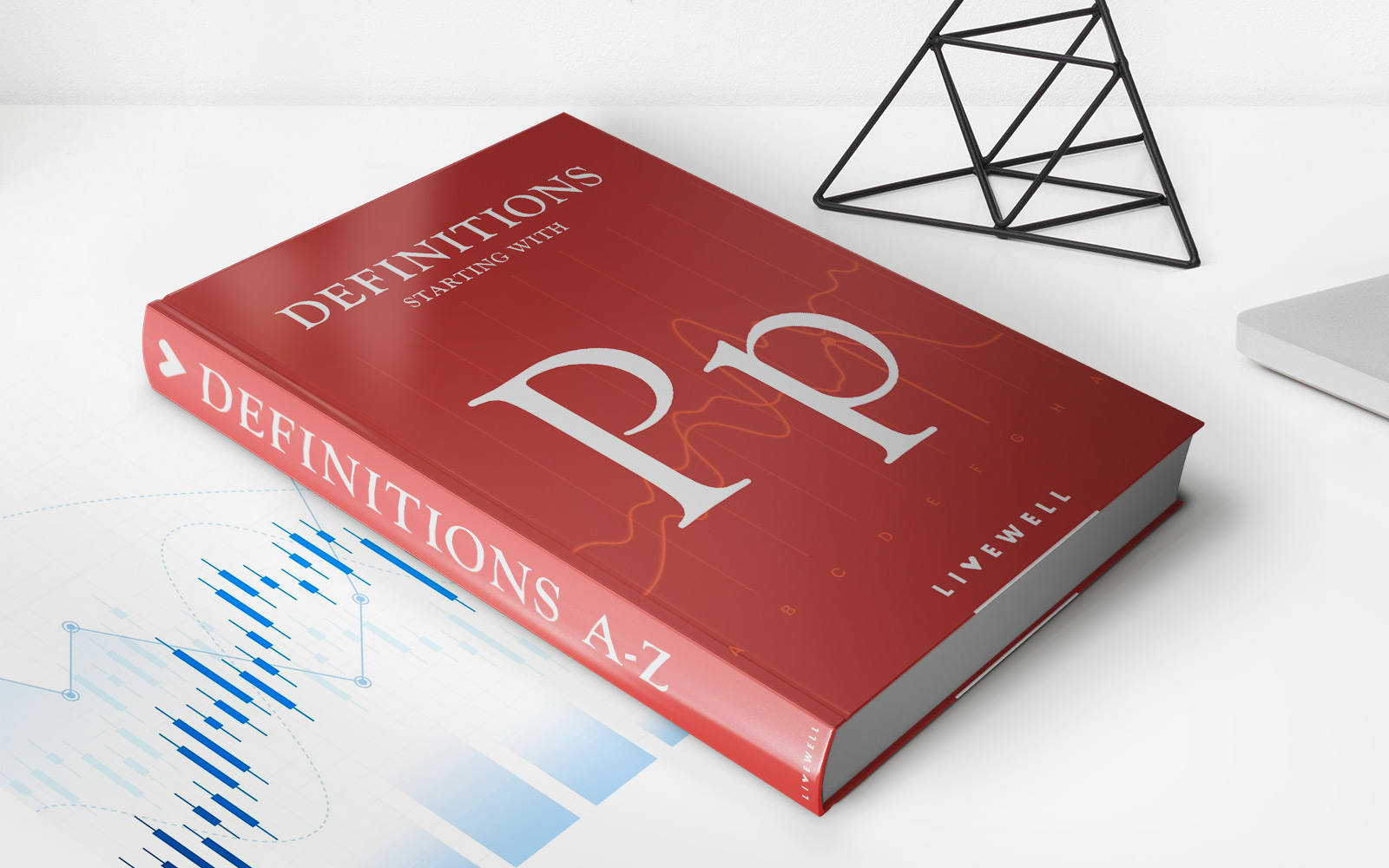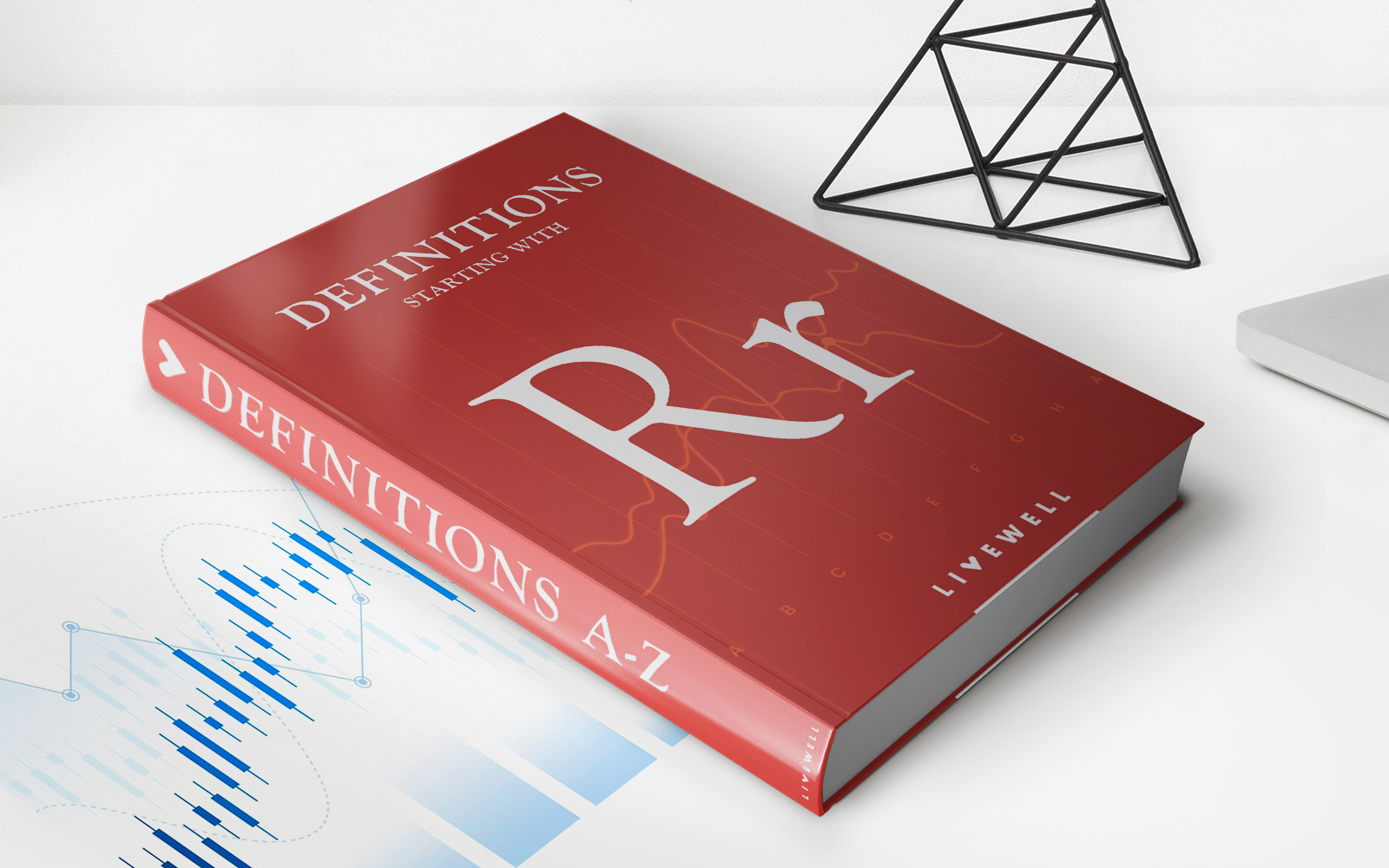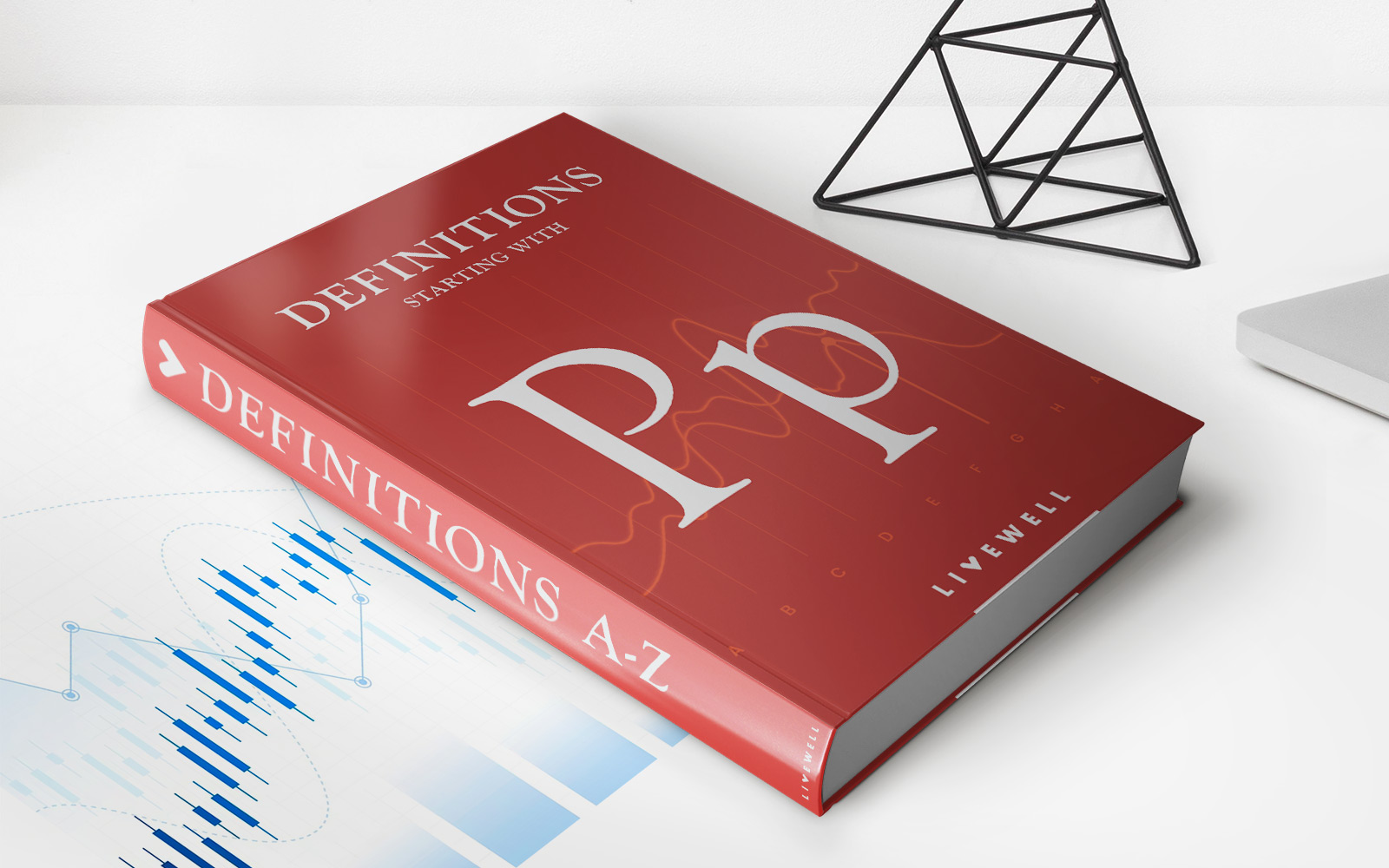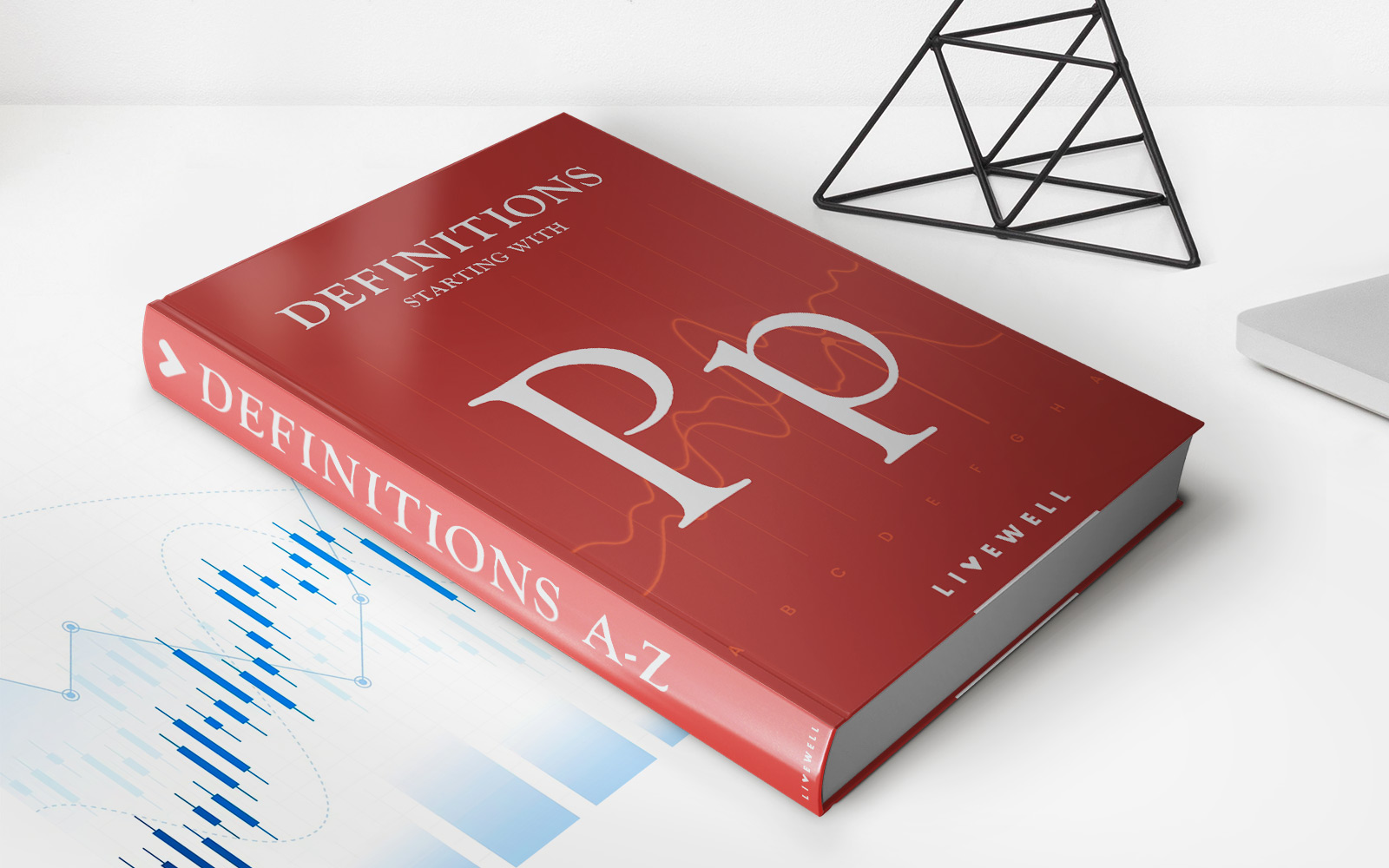Home>Finance>Adjusting Journal Entry Definition: Purpose, Types, And Example


Finance
Adjusting Journal Entry Definition: Purpose, Types, And Example
Published: October 1, 2023
Learn about the purpose, types, and examples of adjusting journal entries in finance. Understand their importance in maintaining accurate financial records.
(Many of the links in this article redirect to a specific reviewed product. Your purchase of these products through affiliate links helps to generate commission for LiveWell, at no extra cost. Learn more)
Adjusting Journal Entry Definition: Purpose, Types, and Example
Welcome to our “Finance” category! In today’s blog post, we are going to dive into the world of accounting and discuss a crucial topic known as Adjusting Journal Entries. Whether you are a business owner, a finance student, or simply interested in understanding the fundamentals of accounting, this post is for you! We will explore the purpose, types, and provide a real-life example to help you grasp the concept.
Key Takeaways:
- Adjusting journal entries are necessary to ensure accurate financial reporting.
- There are four main types of adjusting journal entries: accruals, deferrals, estimates, and reclassifications.
The Purpose of Adjusting Journal Entries
Before we delve into the types of adjusting journal entries, let’s first understand why they are necessary. Adjusting journal entries are made at the end of an accounting period to ensure that financial statements accurately reflect the current financial position of a business. These entries are needed because certain transactions or events may not be recorded during the regular course of business transactions.
The goal of adjusting journal entries is to:
- Recognize revenues and expenses in the correct accounting period.
- Allocate revenues and expenses to the appropriate accounting period.
- Account for changes in asset and liability values.
- Comply with the matching principle, which requires expenses to be recognized in the same period as the revenues they help generate.
Types of Adjusting Journal Entries
Now that we understand the purpose of adjusting journal entries, let’s explore the different types:
- Accruals: Accruals are adjustments made for revenues or expenses that have been earned or incurred but have not yet been recorded in the books. For example, a business may provide services at the end of the accounting period but has not received payment yet. An adjusting entry will be made to recognize the revenue earned.
- Deferrals: Deferrals are adjustments made for revenues or expenses that have been recorded but need to be allocated to the appropriate accounting period. For example, a business may receive advance payment for a service that will be provided in the future. An adjusting entry will be made to defer recognizing the revenue until the services are rendered.
- Estimates: Estimates are adjustments made for amounts that cannot be precisely determined at the end of an accounting period but are necessary to comply with the accrual basis of accounting. This includes adjustments for depreciation, bad debts, and inventory obsolescence, among others.
- Reclassifications: Reclassifications are adjustments made to transfer amounts from one account to another within the same classification. For example, moving an amount from one expense account to another expense account to accurately reflect the nature of the expenses incurred.
Example of an Adjusting Journal Entry
Now, let’s bring all this theory to life with a simple example:
Imagine you run a consulting business that invoices clients for services provided. At the end of the accounting period, you realize that you have provided a service but haven’t recorded the revenue. To make the necessary adjustment, you would debit the Accounts Receivable account (to recognize the revenue) and credit the Service Revenue account (to balance the entry). This adjusting journal entry ensures that your financial statements reflect the true financial position of your business.
Remember, adjusting journal entries are a vital component of the accounting process, allowing you to accurately report your business’s financial performance. Understanding their purpose and different types will help you maintain clean and reliable financial statements.
That’s it for today’s discussion on Adjusting Journal Entries! We hope you found this blog post informative and valuable. If you have any questions or would like to learn about other finance topics, feel free to explore our “Finance” category or reach out to our knowledgeable team.














